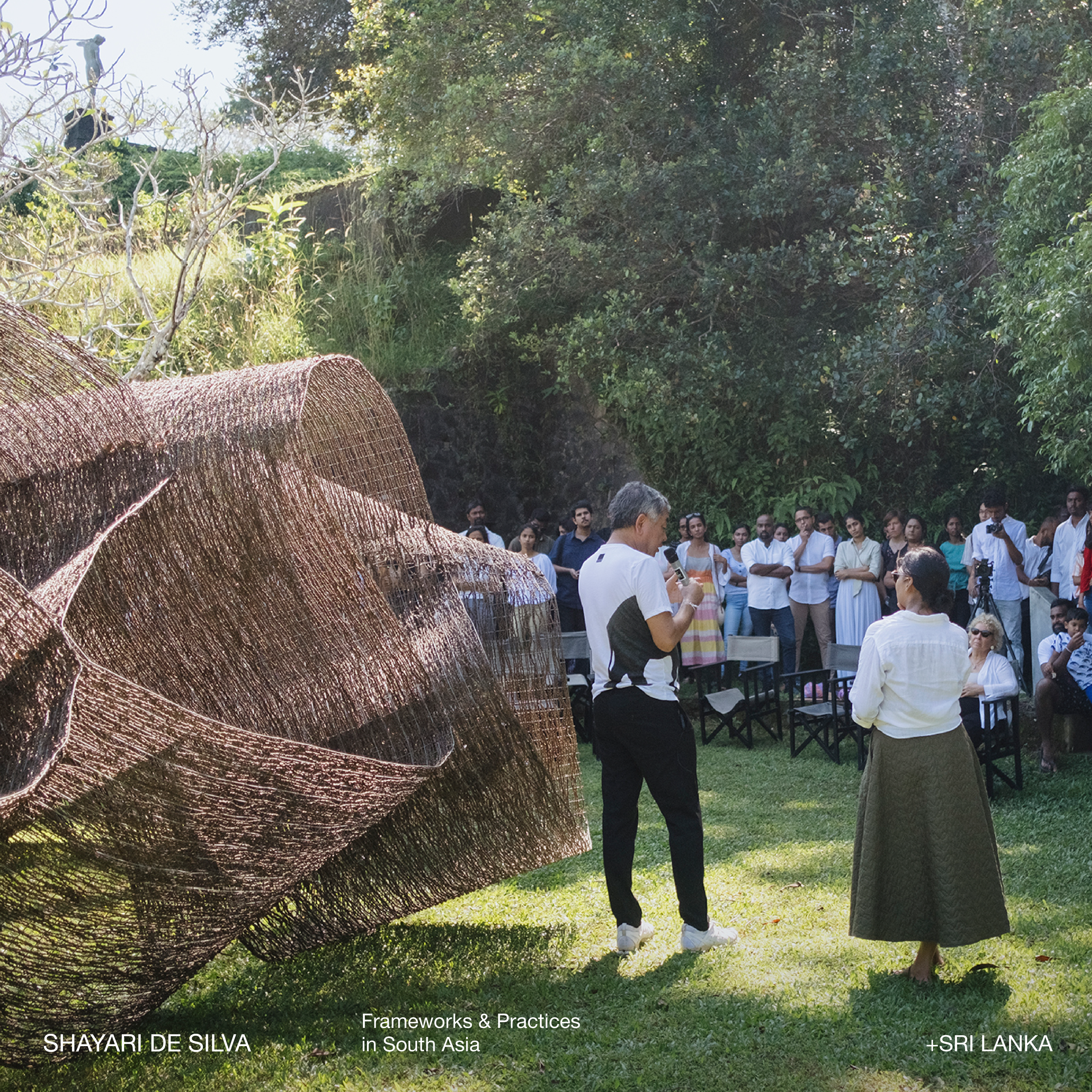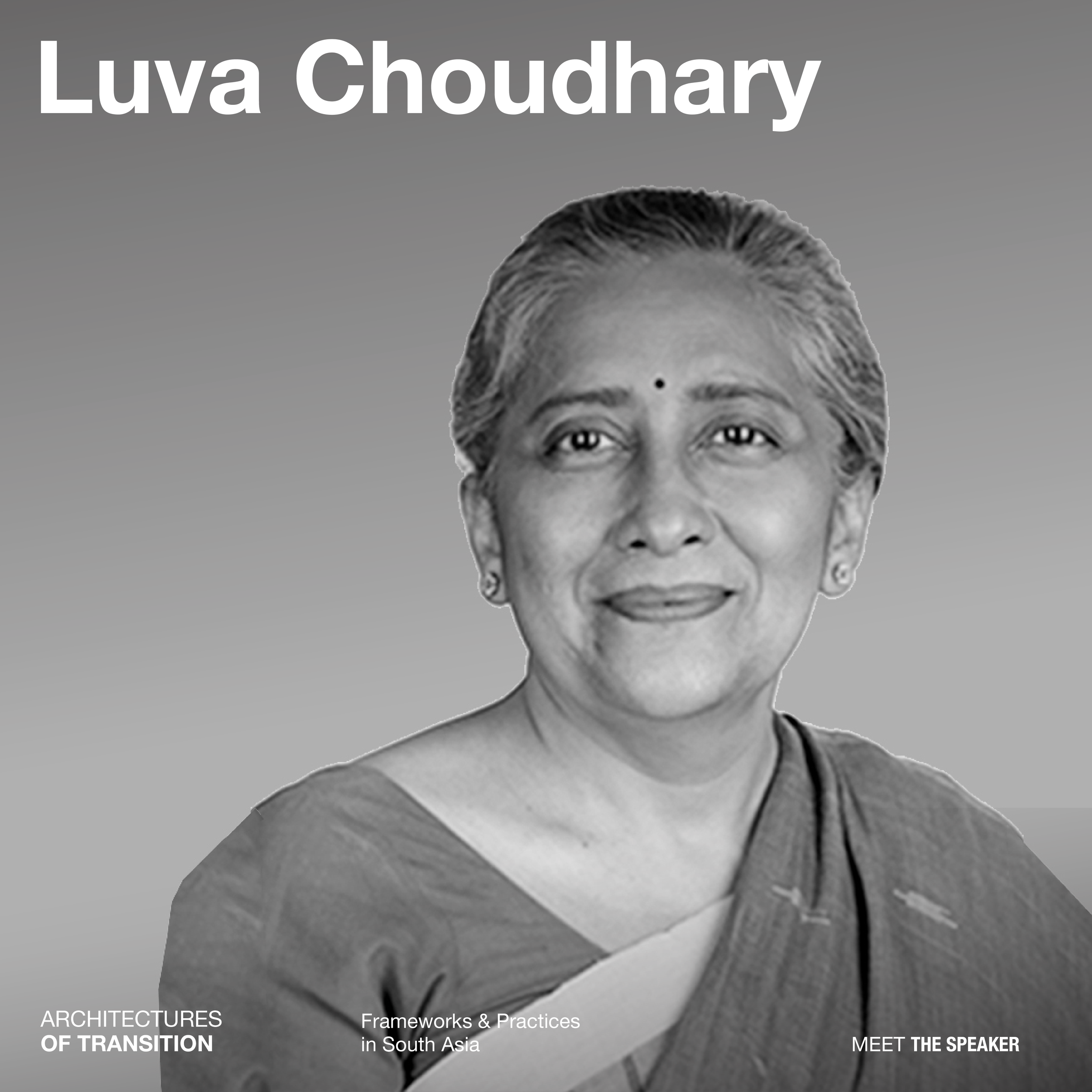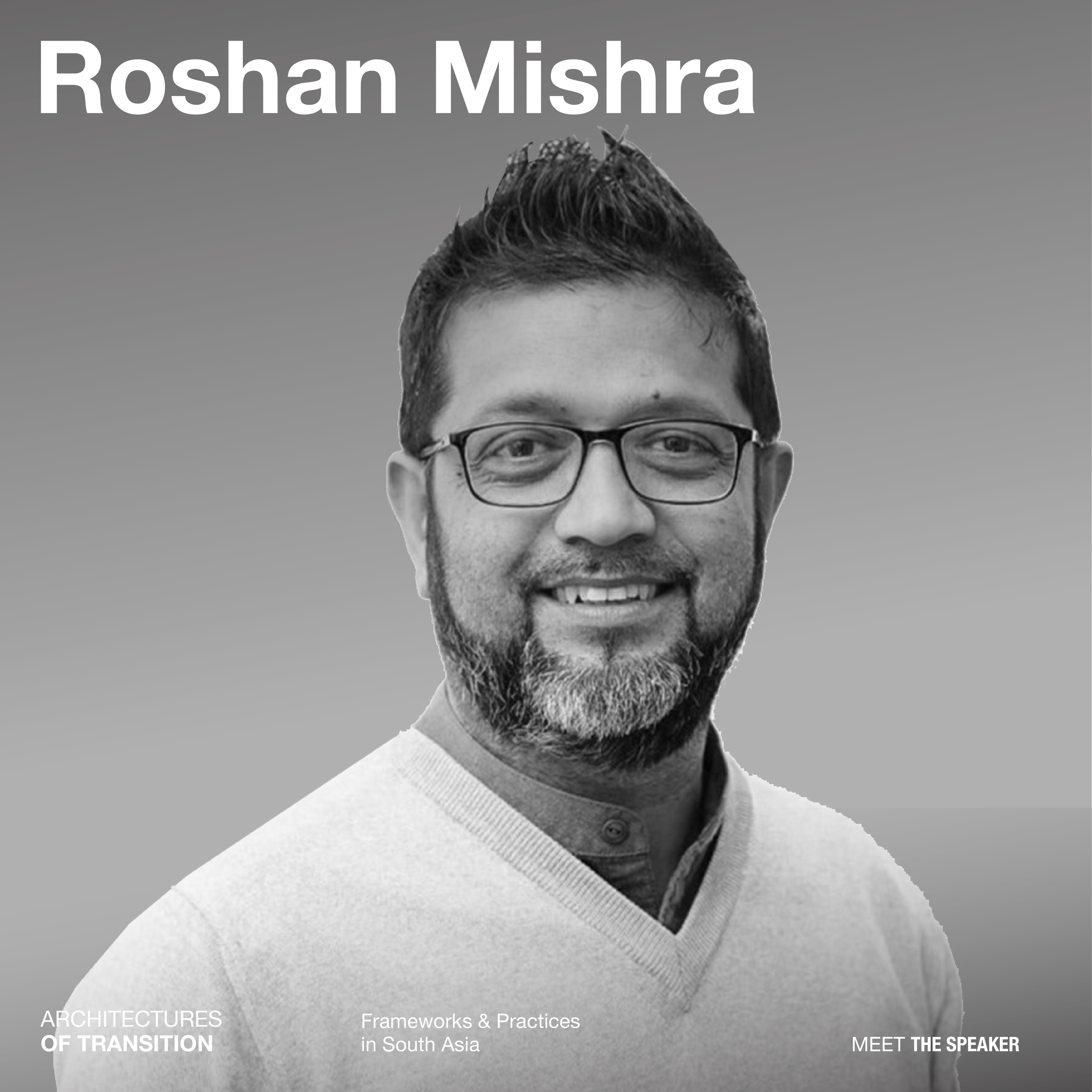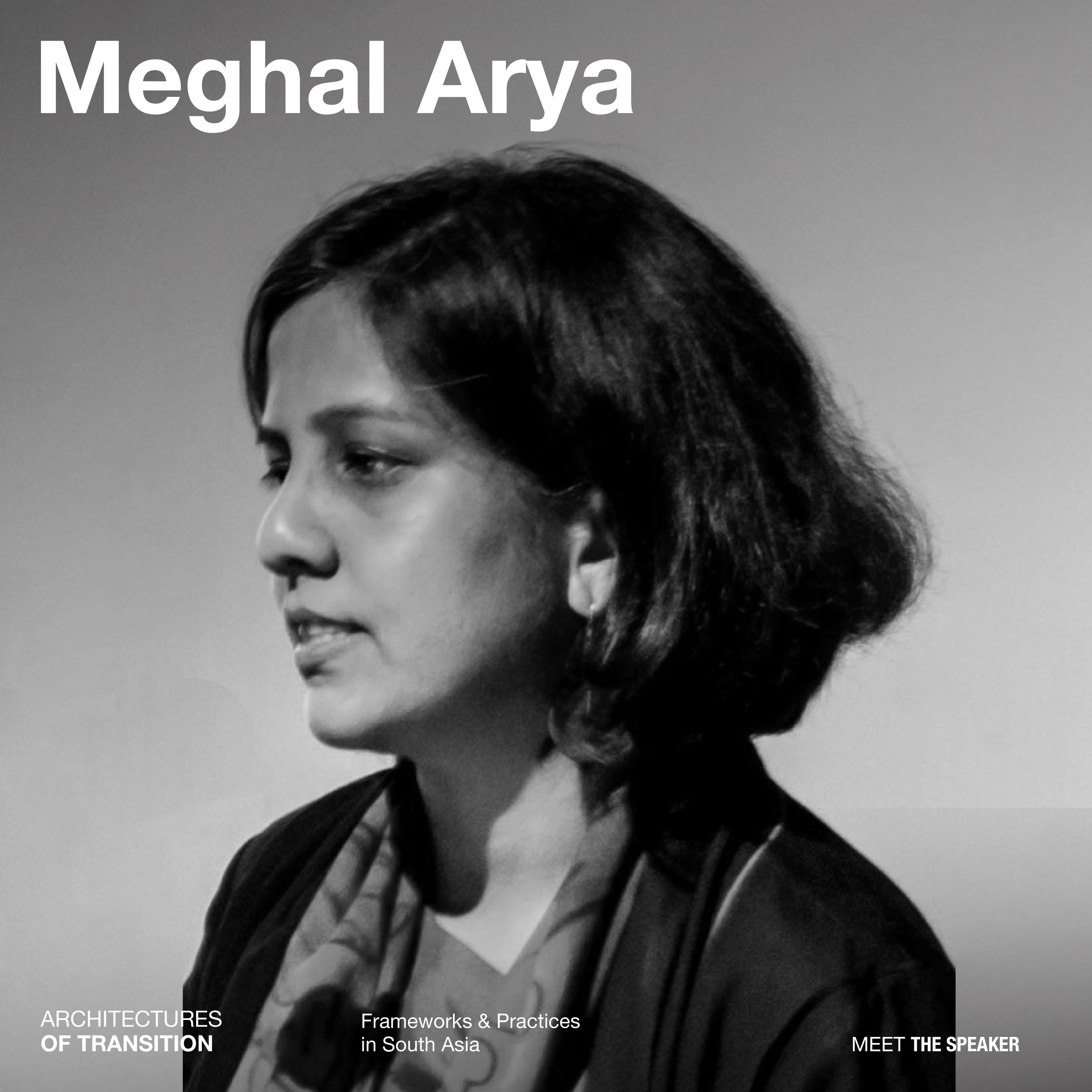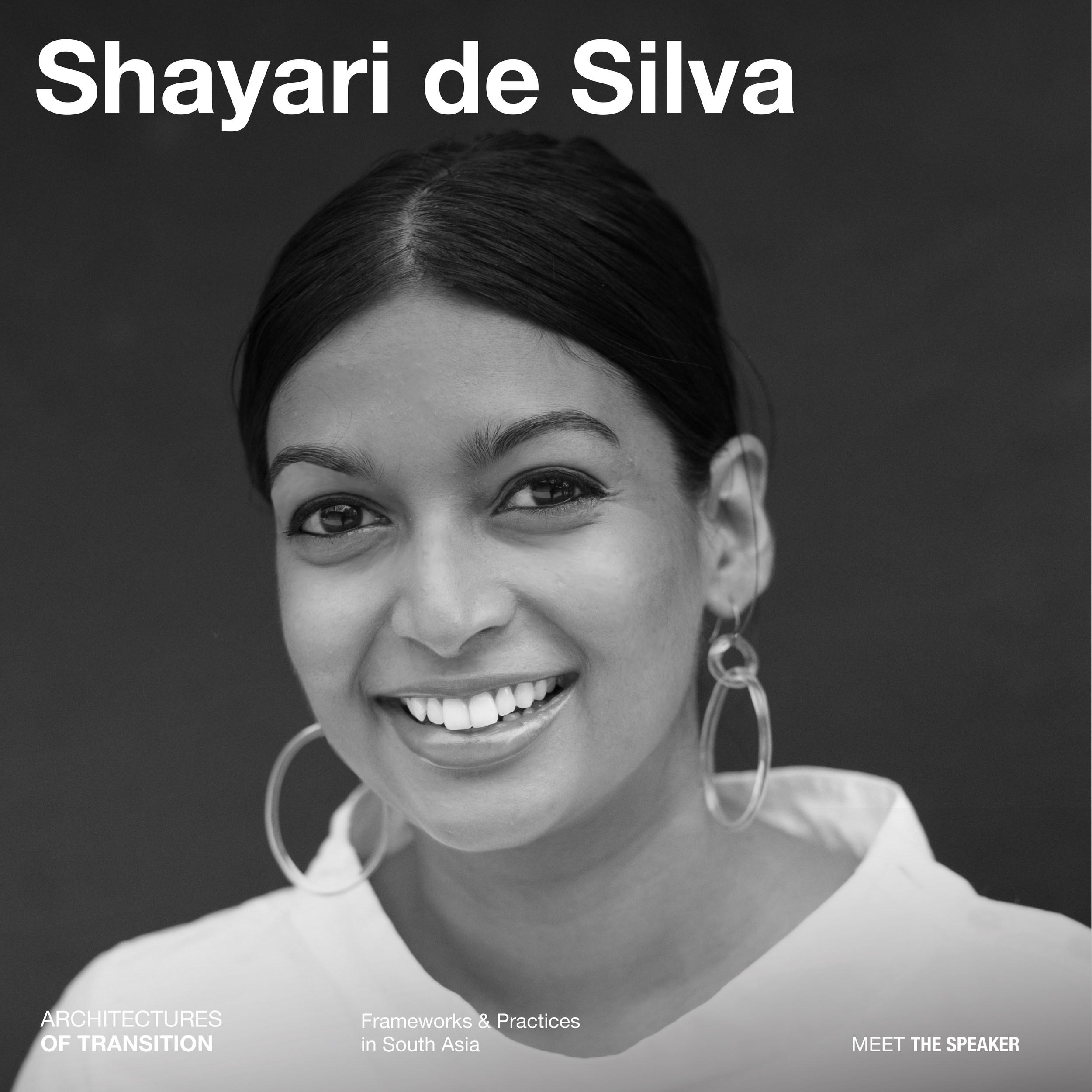Practice of Research + Curation
The spectrum of research, curation, and by extension archiving —while practiced in the professions—has not been subjected to adequate scrutiny, discussion, or benchmarked expectations. It is a practice that is critical not only for nurturing the idea of South Asia and its relevance to the practitioners of the region but more importantly to hold us to a standard of a deeper reading of place—crucial with the onslaught of globalization and counter-narratives used in reading both aesthetics as well as the values that we bring to the design of the built environment. It is also a crucial practice that would create the basis to extend the accumulative wisdom that is rich in the South Asian region.

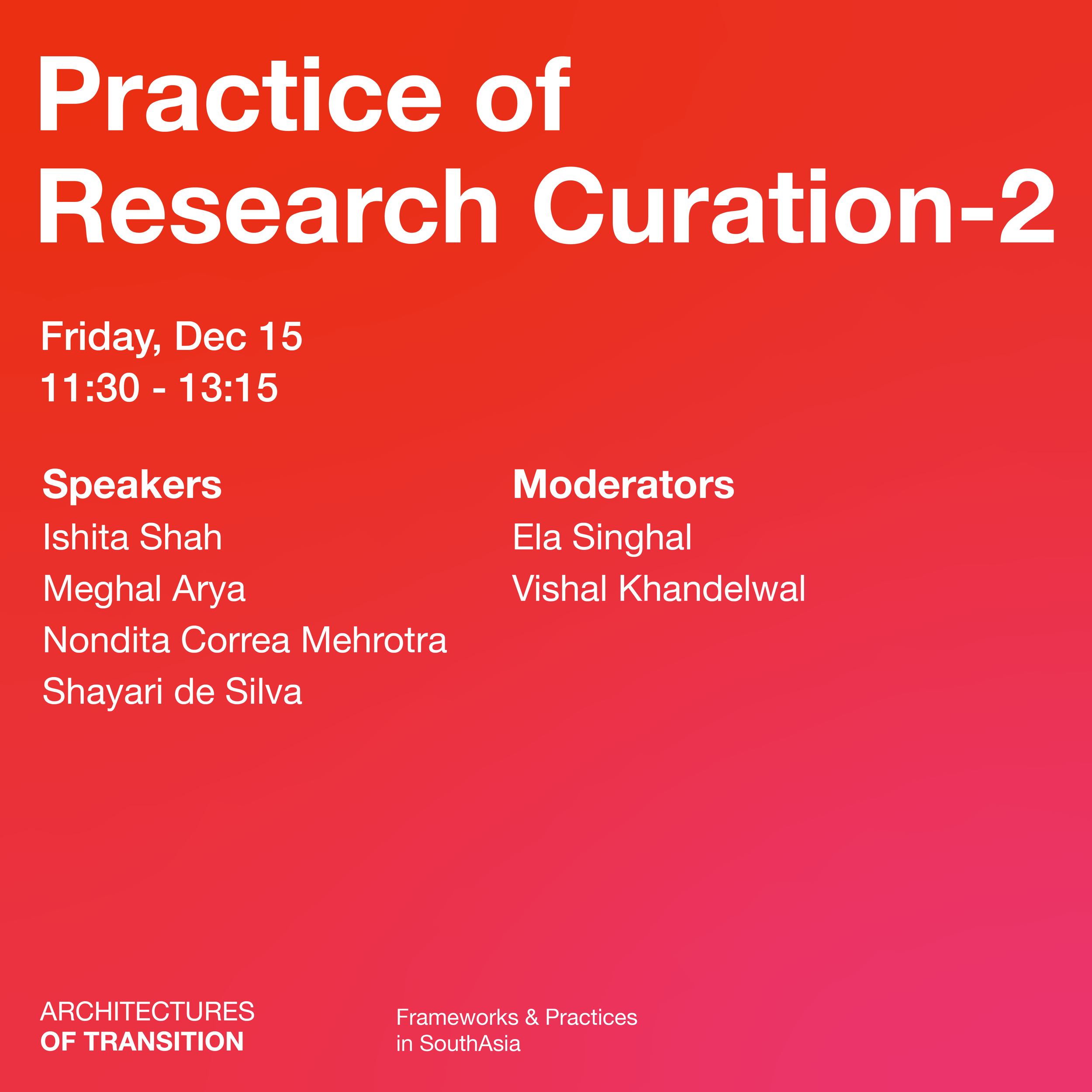
Kaiwan Mehta is a theorist and critic in the fields of visual culture, architecture, and city studies. Mehta has studied Architecture (B.Arch), Literature (MA), Indian Aesthetics (PGDip) and Cultural Studies (PhD). Since 2012 he has been the Managing Editor of Domus India. Mehta co-curated with Rahul Mehrotra and Ranjit Hoskote – “The State of Architecture: Practices and Processes in India” at the National Gallery Modern Art, Mumbai and 'State of Housing - Aspirations, Imaginaries, and Realities in India'. Currently he is the Dean at Balwant Sheth School of Architecture, at SVKM's NMIMS University.

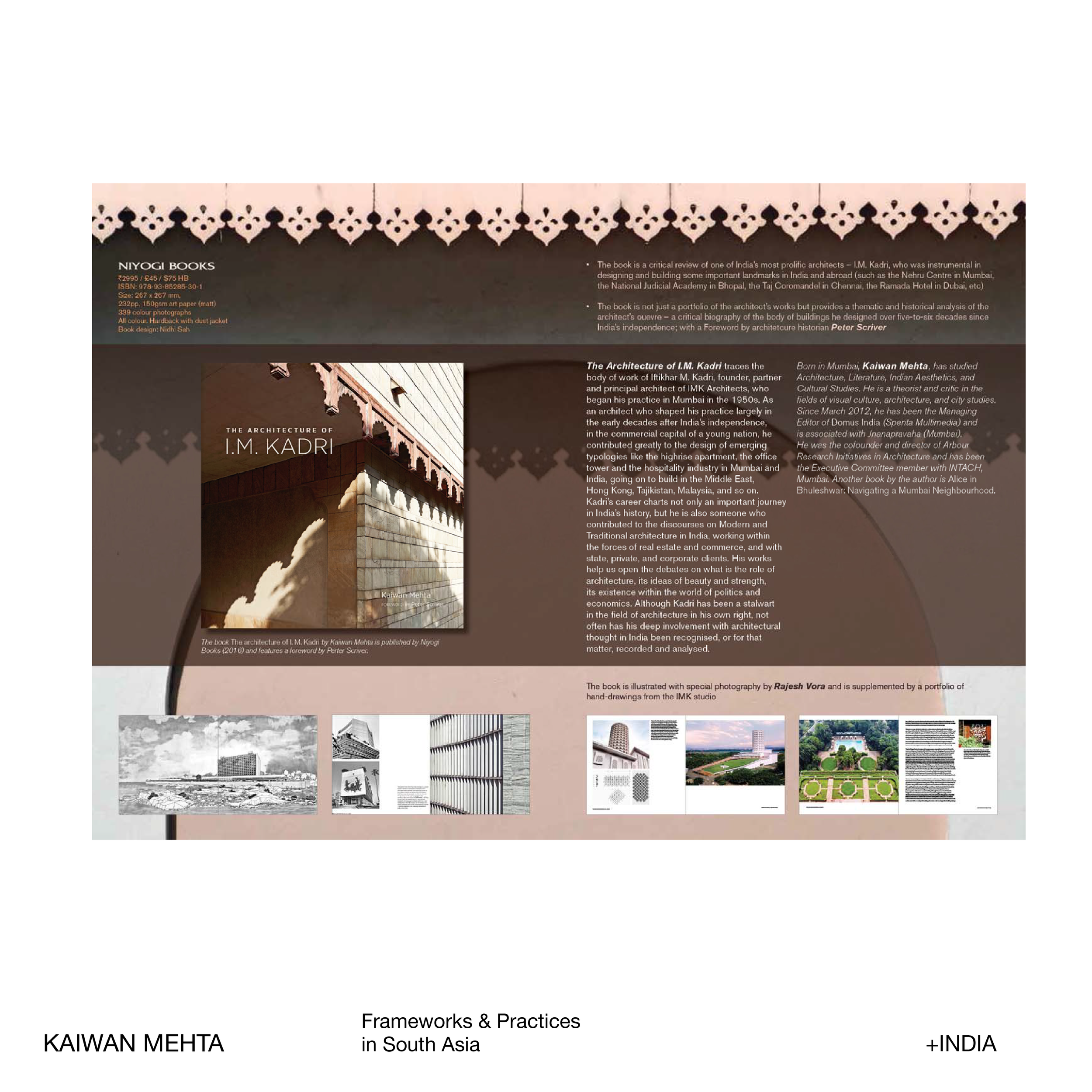
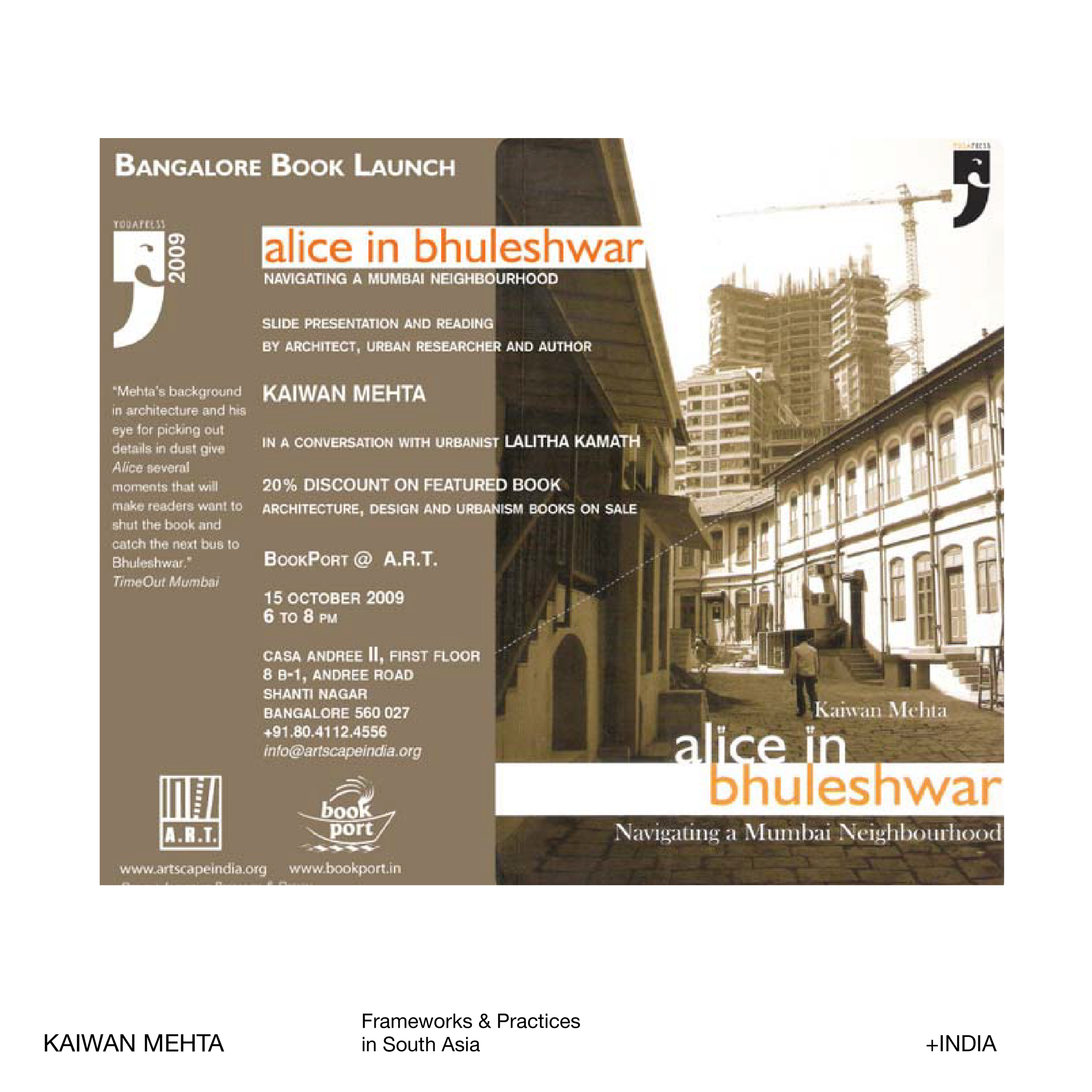
Luva Nahid Choudhury is a trustee and director general of Bengal Foundation, a private trust that supports and promotes the arts in Bangladesh. She received a bachelor’s degree in Architecture from BUET, Dhaka, in 1986. Her career began with 10 years in the Ministry of Public Works, Government of Bangladesh. She is the principal of Abashan, an architecture practice based in Dhaka. Currently Choudhury is a Vice-President (South Asia) of the World Crafts Council Asia Pacific Region. She heads a publishing concern, and sits in the editorial boards of arts and literary magazines Kali O Kalam, Six Seasons Review, and Jamini.
Qudsia Rahim, the co-founder and executive director of the Lahore Biennale Foundation (LBF), has a background in both art and academia. She has established several initiatives, including the field elective program at the National College of Arts called Art For Humanity; the Research Cell at LBF, which conducts research on various forms of artistic expression within Pakistan and its diaspora; and the Afforestation Lahore Group, "a consortium of the government and civil sector that works with the loss of local/urban ecology and other urgent environmental challenges."

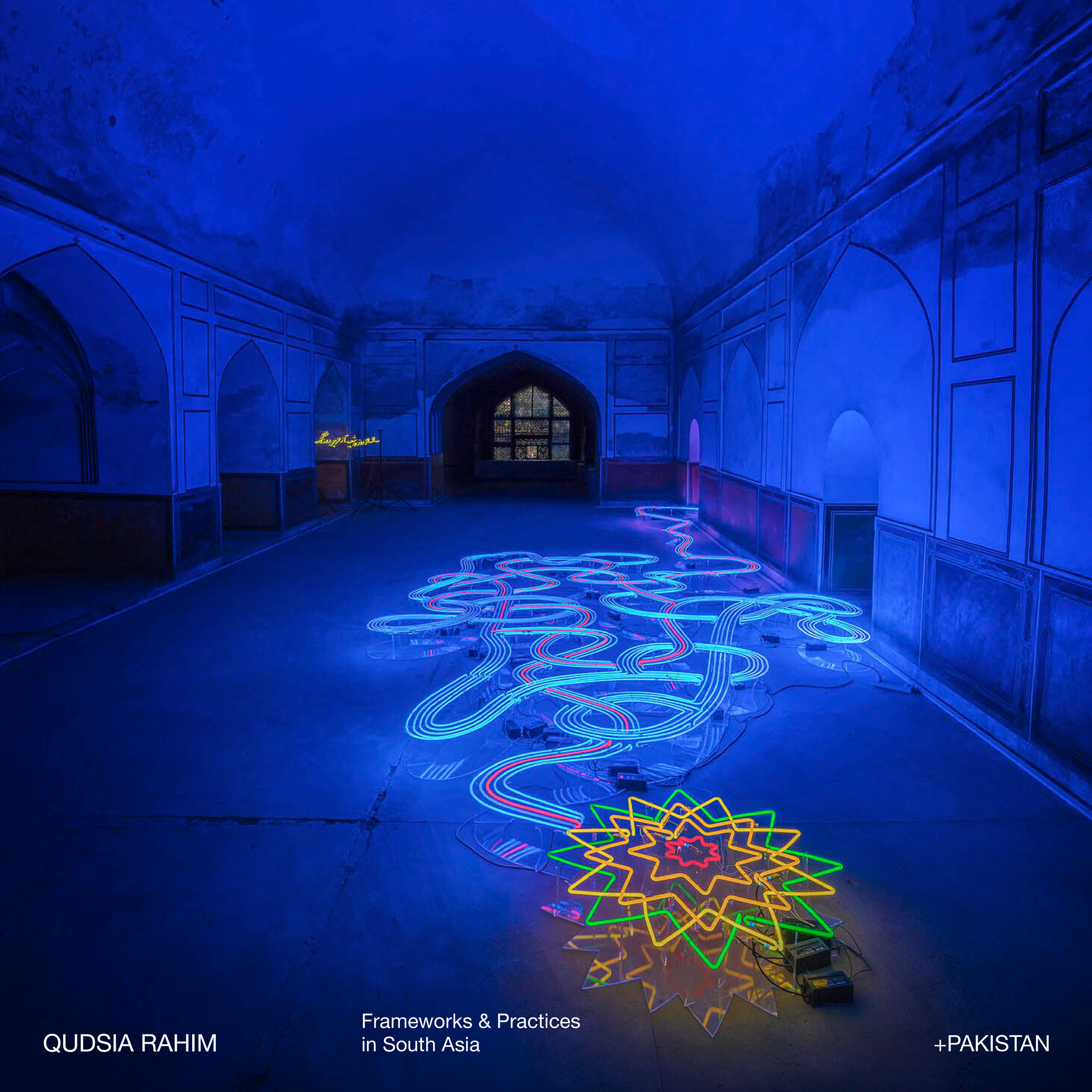

Roshan holds the position of Director at Taragaon Museum and is also a visual artist based in Kathmandu. He also oversees the management of the Nepal Architecture Archive (NAA) and its library, an institution that operates under the Saraf Foundation for Himalayan Traditions and Culture. His affiliation with the museum spans nearly 10 years, during which he has actively engaged in various tasks, including curating its permanent collection, establishing the Contemporary Art Gallery, and developing the Nepal Architecture Archive.
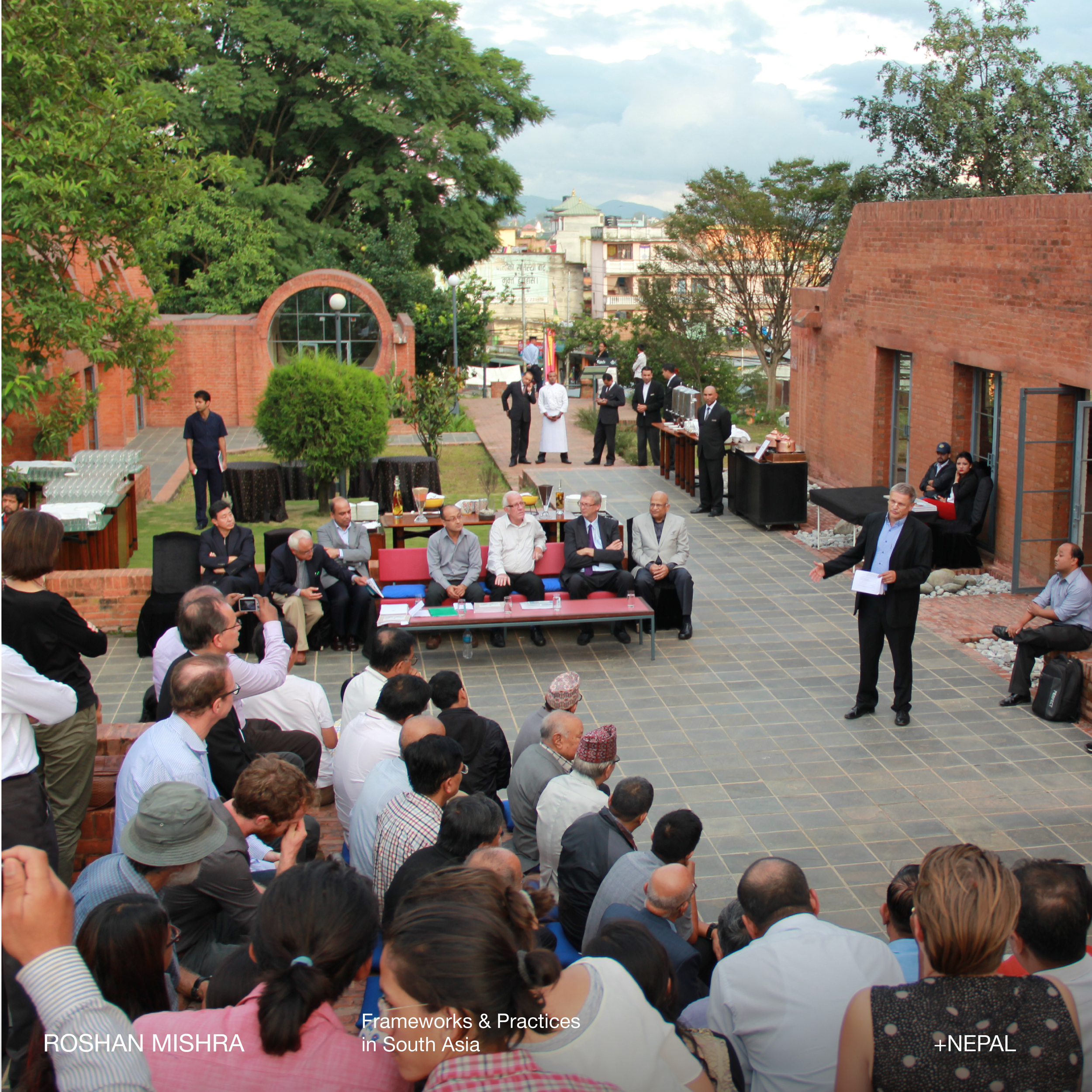
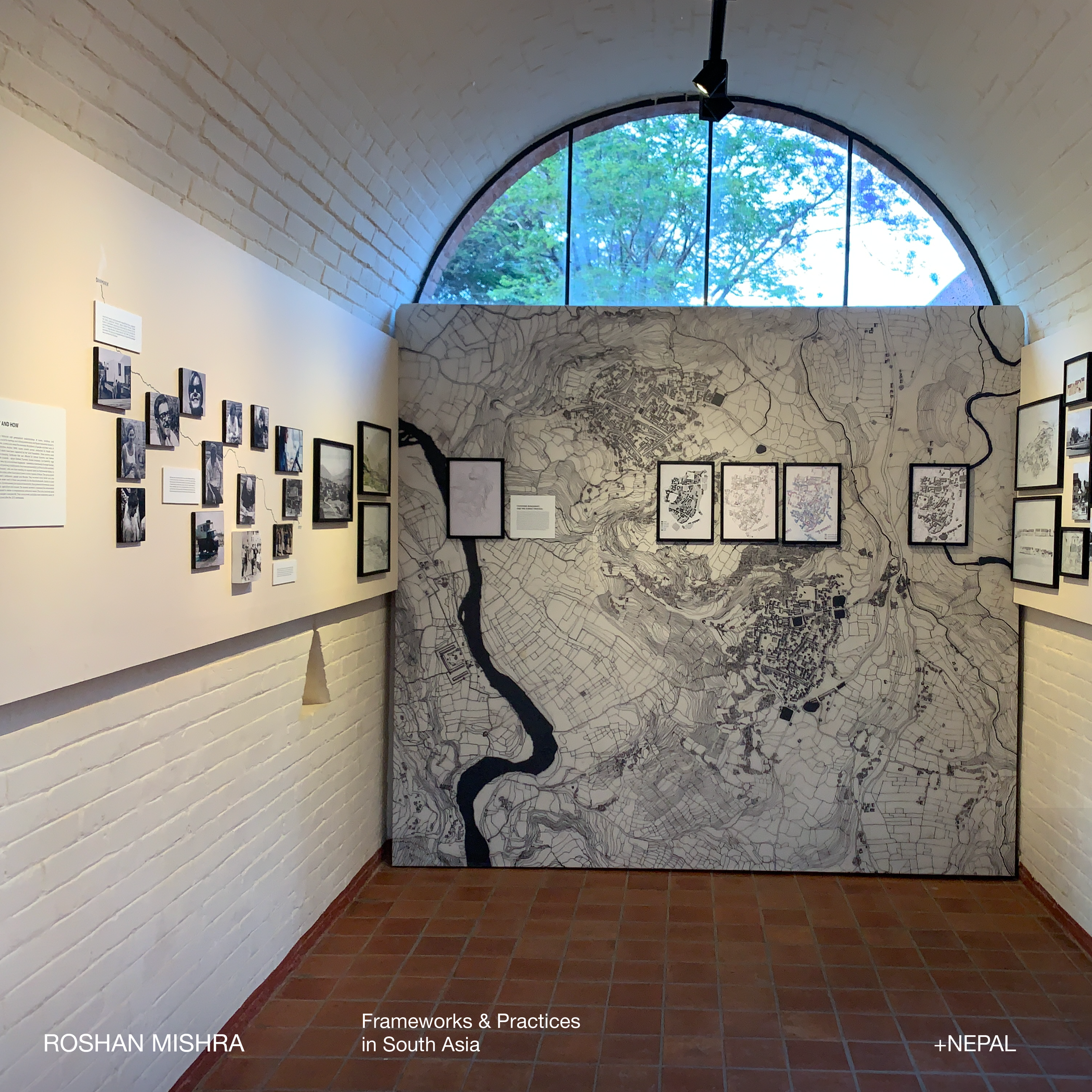
Trained as an interior designer and an architectural historian, Ishita’s curatorial practice is rooted at the intersection of cultural preservation, creative interpretation, and community engagement, under the aegis of a self-founded collective Curating for Culture. Her primary thematic interests as a collective include South Asia/India in the archives, beyond the institutional narratives, empowering the local, life in the day of an archivist, and the socio-politics of underrepresented narratives in popular histories. Some recent initiatives include, curating the exhibitions “Stories from Archives of India” and “Vandalising the Indian Atelier”.

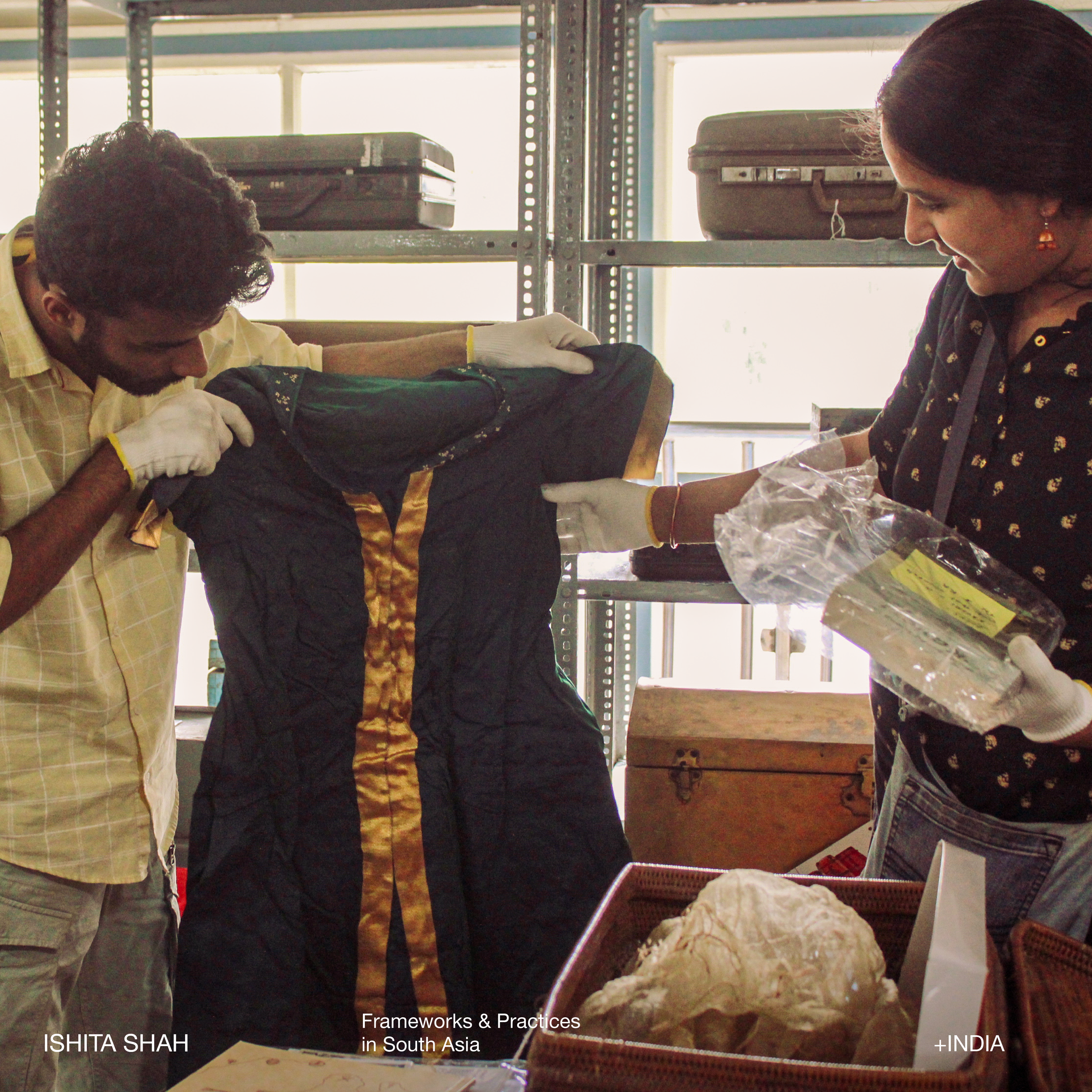
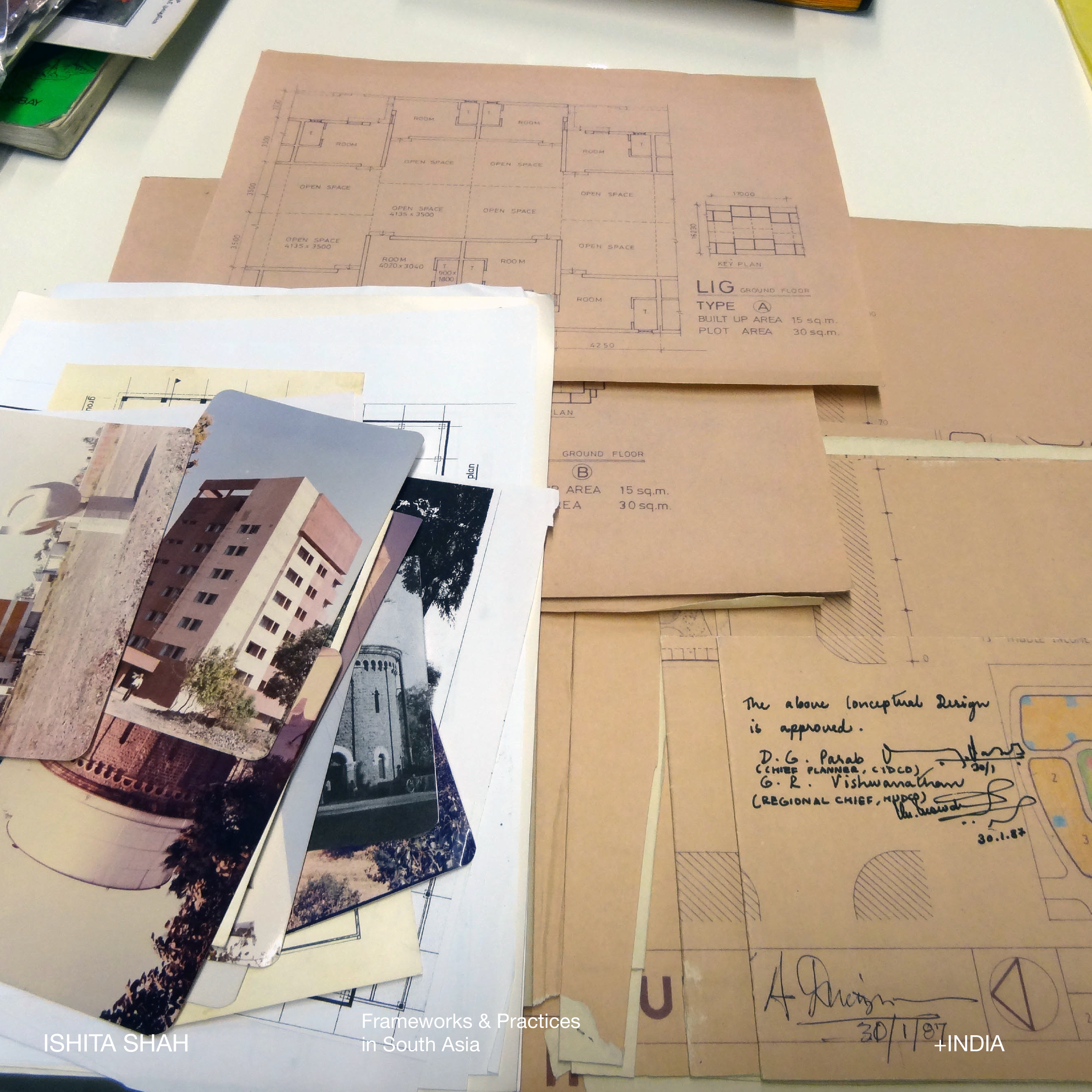
Meghal Arya is a Professor at the Faculty of Architecture, CEPT University teaching architectural design and history. She challenges the understanding of contemporary architecture both as a practicing architect and academic researcher. Key to her work is seeking the knowledge that is embedded in the traditional architecture of India, unfolding its essentials and translating its value/strength into the present context. The particular focus of her research lies on the relation between water and the human built environment, where she investigates how interaction of people and urban water is expressed spatially. She is also a partner in Arya Architects.
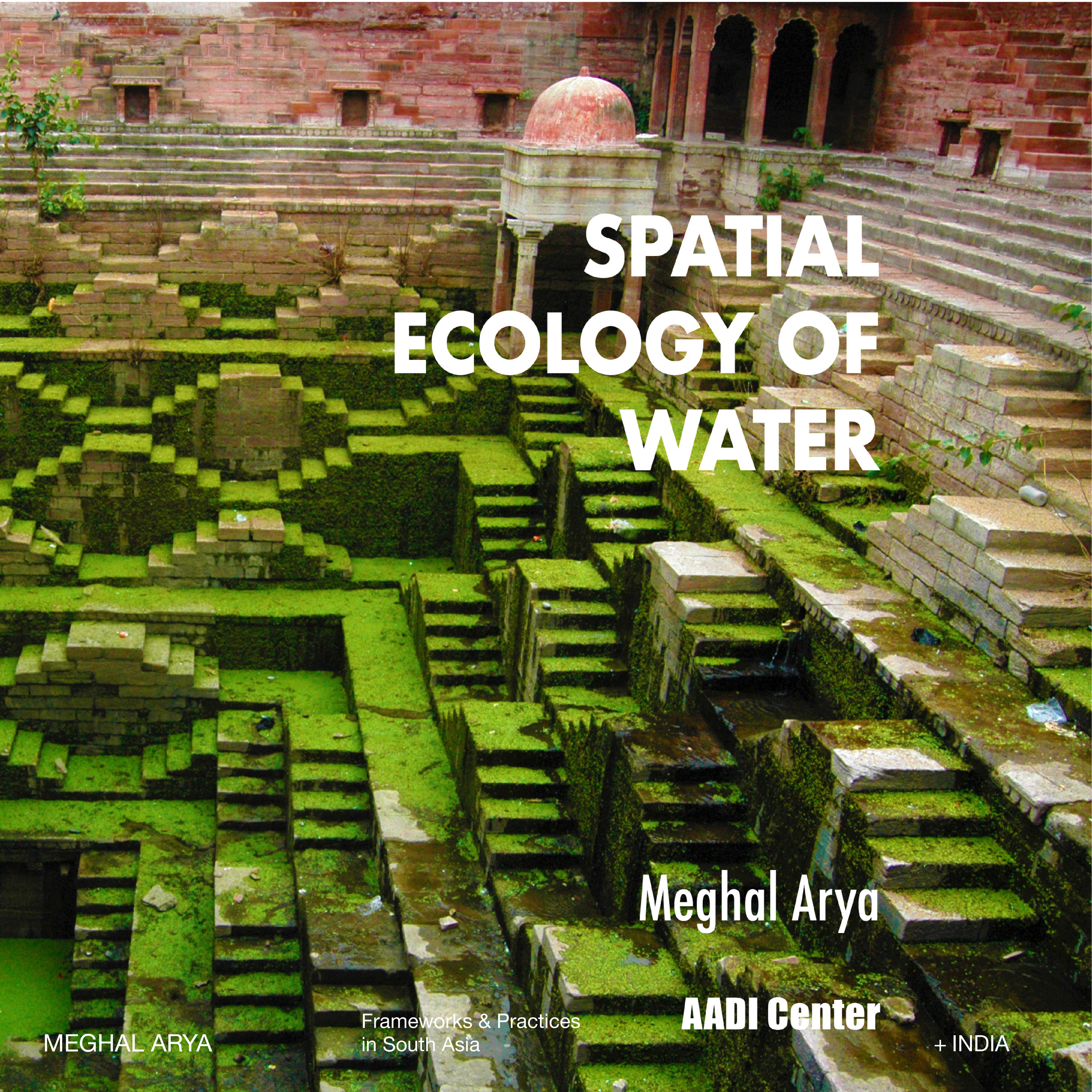
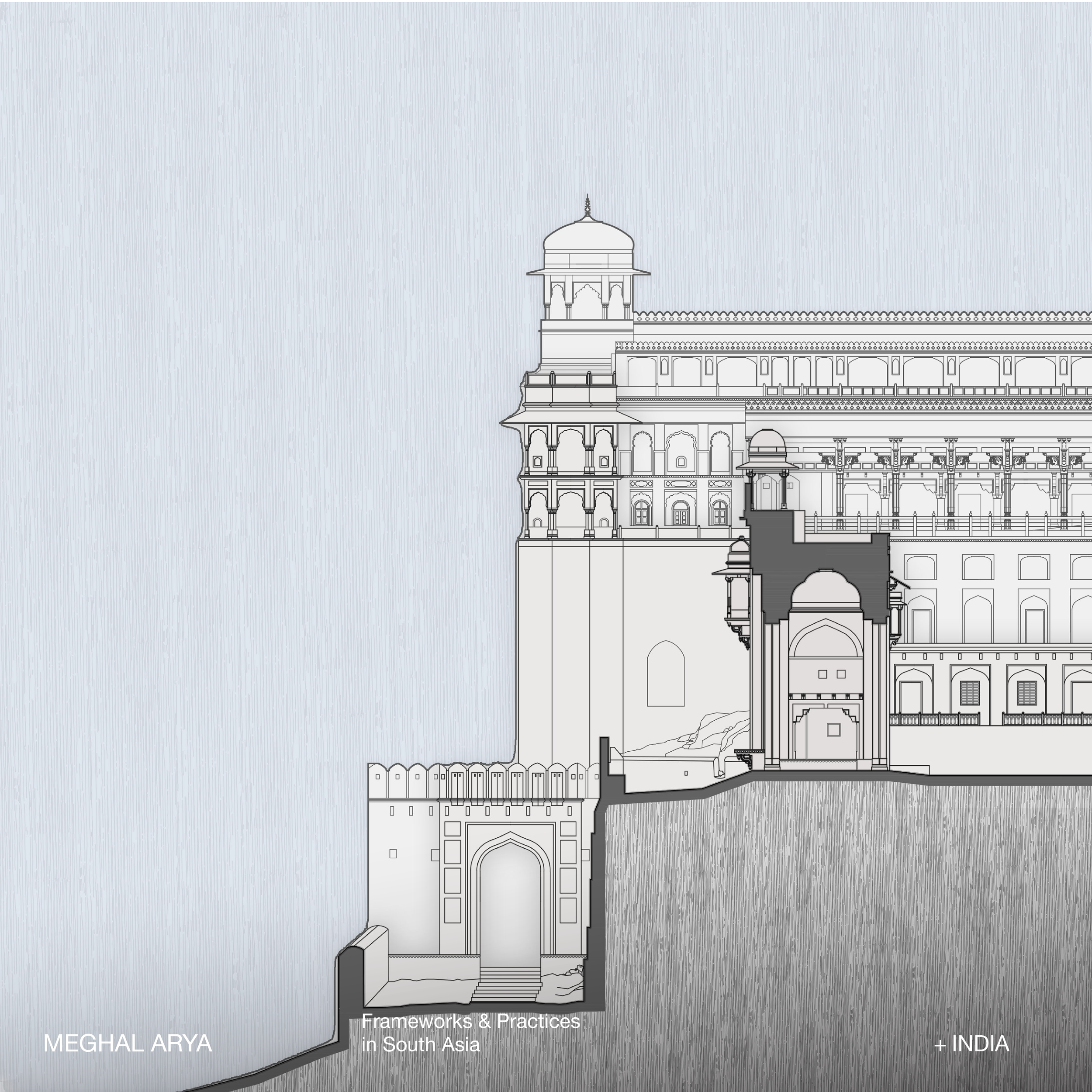
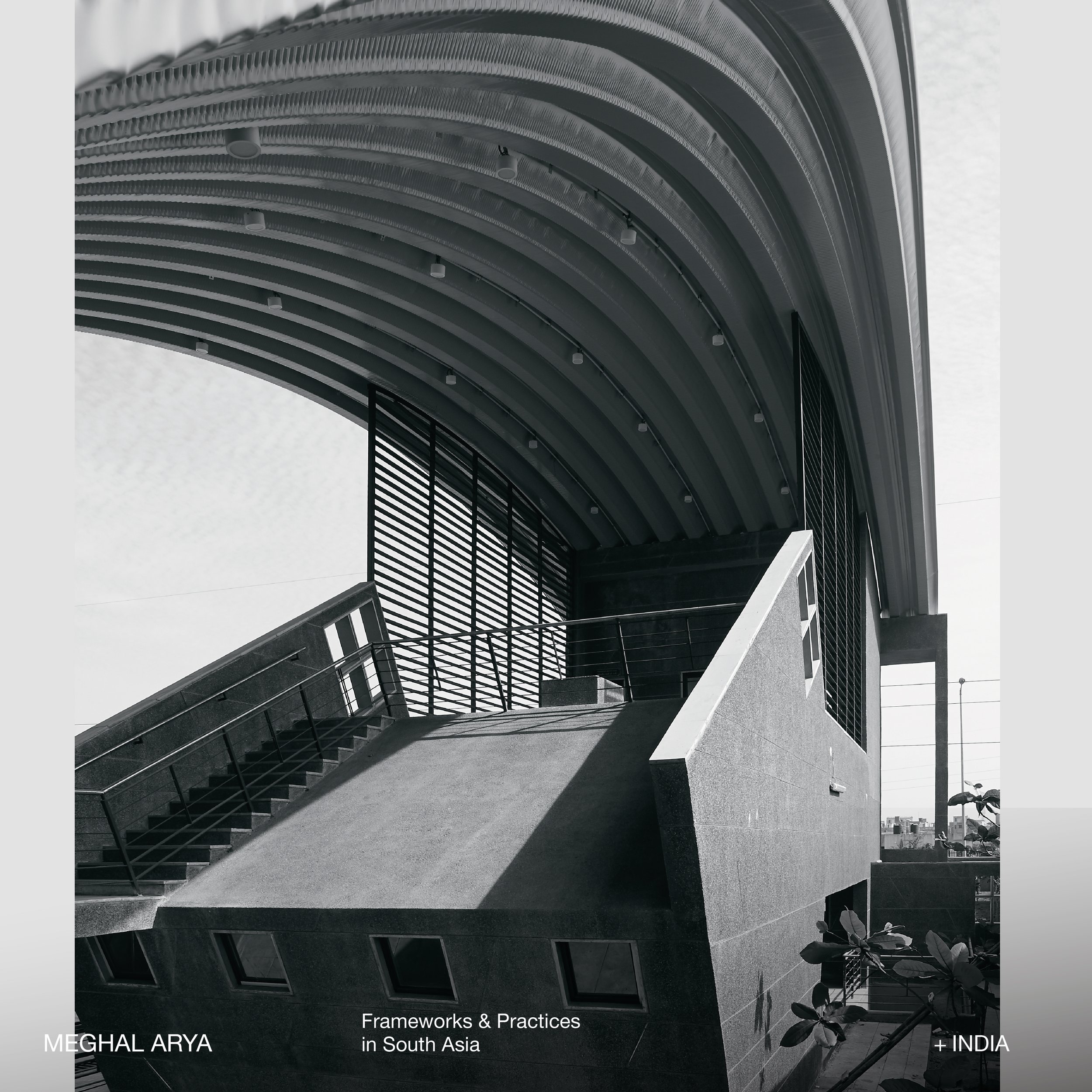
Nondita Correa Mehrotra is a principal in the firm RMA Architects with offices in Mumbai and Boston, and is the Director of the Charles Correa Foundation. The Foundation contributes to the fraternity of architects and urban practitioners by publishing books, organizing ‘Z-axis’ – the biennial international conference series, establishing the annual Nagari Film Competition – a competition designed to guide and develop short films that focus on urban issues, an annual Gold Medal competition for undergraduate theses, and the design and curation of architectural exhibitions on Correa’s work from his archives.
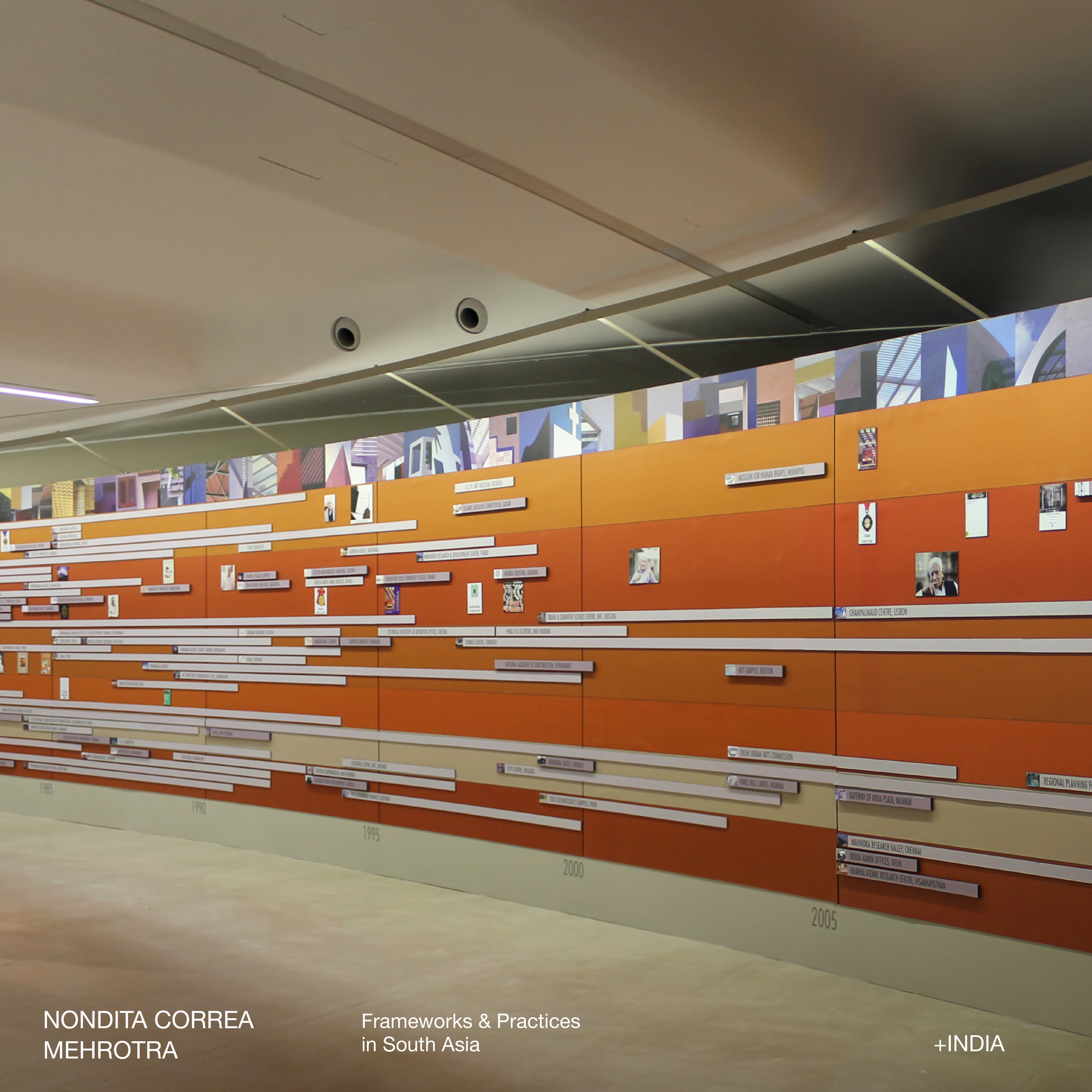
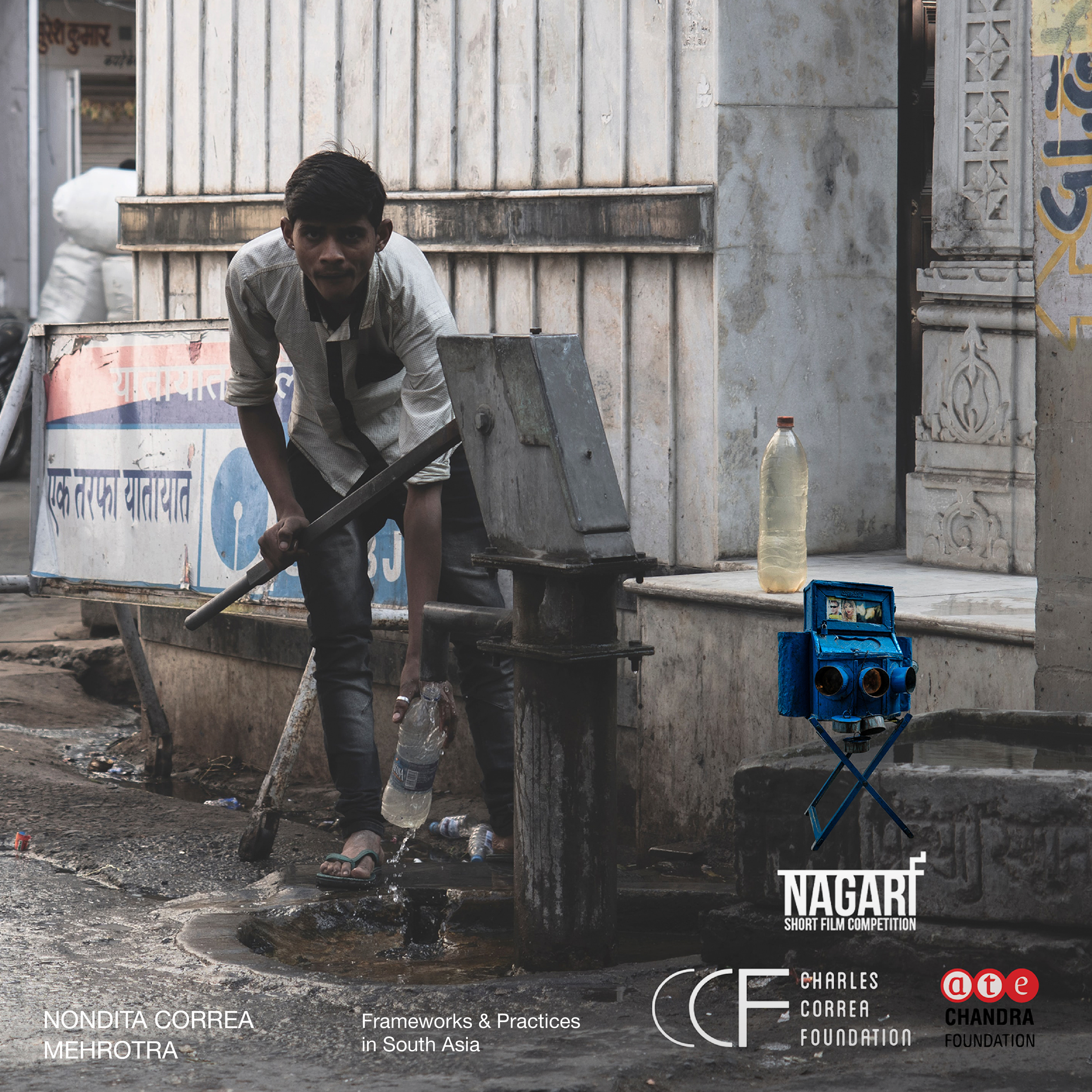

Shayari de Silva is trained as an architect and focuses on curatorial and editorial projects. She has been with Geoffrey Bawa Trust since 2018, where she is currently Chief Curator, and manages the programmes around exhibition, publication, research, and conservation. Recent exhibitions include The Gift; five site-specific installations at Bawa’s garden Lunuganga by Kengo Kuma, Lee Mingwei, Dominic Sansoni, Dayanita Singh and Chandragupta Thenuwara, part of the Bawa 100 Centennial Celebration (2019–2020), and It is Essential to be There, the first exhibition to draw from the Geoffrey Bawa Archives.
